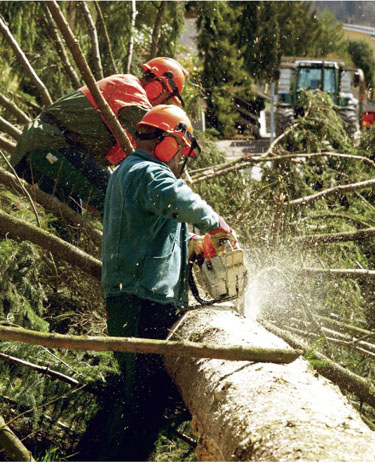 Even when an employer commits to a culture of safety, some jobs are just too dangerous to control all the inherent risks.
Even when an employer commits to a culture of safety, some jobs are just too dangerous to control all the inherent risks.
In these professions—think logging, mining, farming and roofing—accidents do happen, and the injuries are often very severe.
As such, these jobs are often deemed too risky to be placed in the private Workers' Compensation market, and so insureds must turn to state funds and pools—markets of last resort.
Recommended For You
Want to continue reading?
Become a Free PropertyCasualty360 Digital Reader
Your access to unlimited PropertyCasualty360 content isn’t changing.
Once you are an ALM digital member, you’ll receive:
- Breaking insurance news and analysis, on-site and via our newsletters and custom alerts
- Weekly Insurance Speak podcast featuring exclusive interviews with industry leaders
- Educational webcasts, white papers, and ebooks from industry thought leaders
- Critical converage of the employee benefits and financial advisory markets on our other ALM sites, BenefitsPRO and ThinkAdvisor
Already have an account? Sign In Now
© Touchpoint Markets, All Rights Reserved. Request academic re-use from www.copyright.com. All other uses, submit a request to [email protected]. For more inforrmation visit Asset & Logo Licensing.







